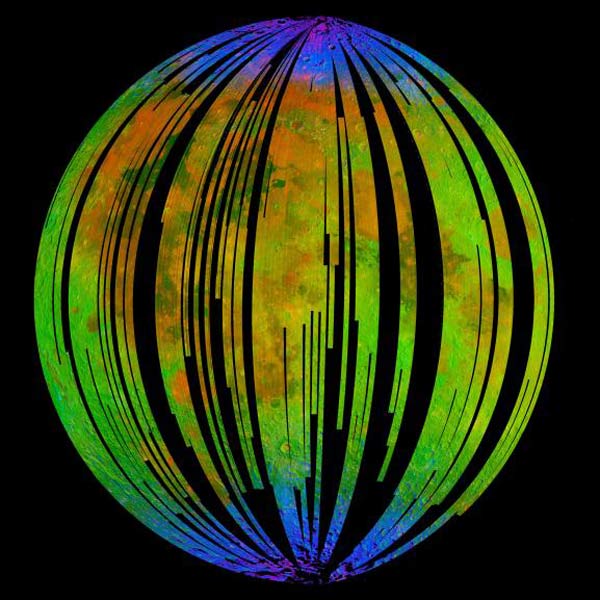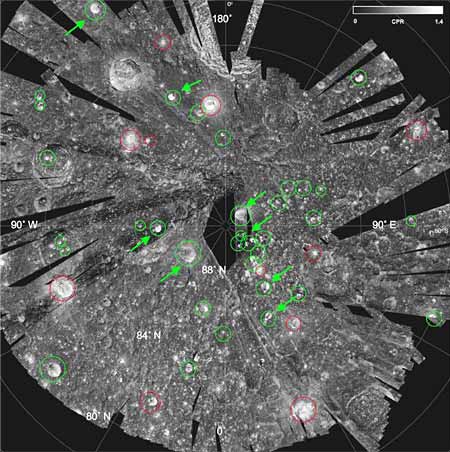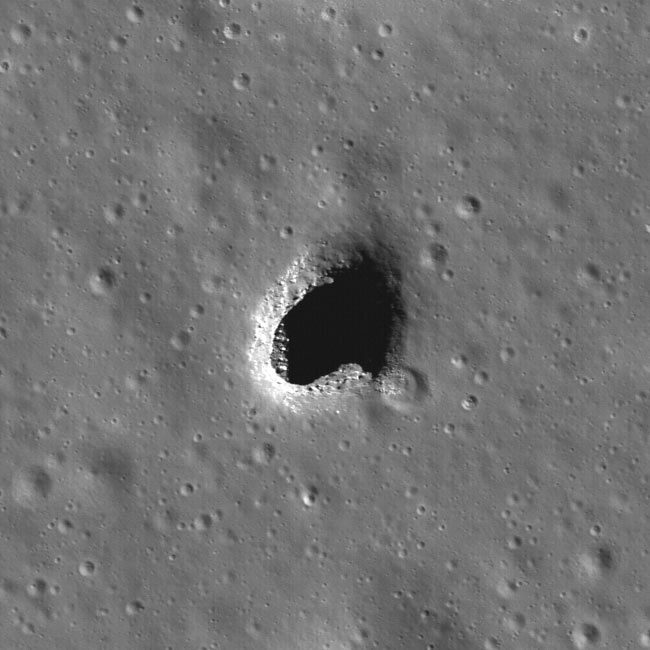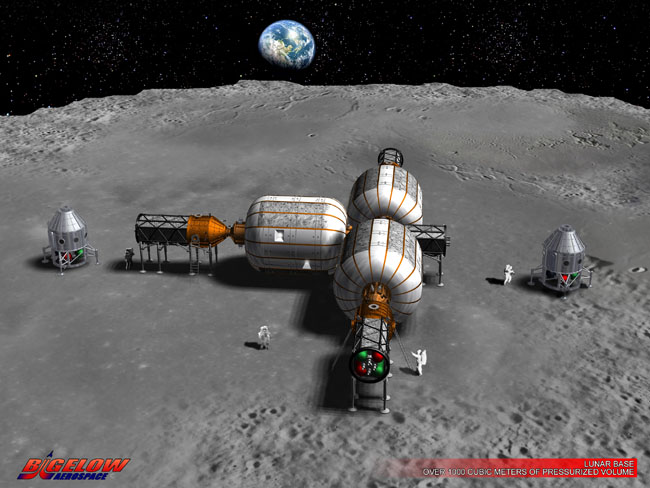Photos: Our Changing Moon
Breaking Down the Moon's Minerals

This image of the moon is from NASA's Moon Mineralogy Mapper on the Indian Space Research Organization's Chandrayaan 1 mission, which launched in Oct. 2008. It is a three-color composite of reflected near-infrared radiation from the sun, and illustrates the extent to which different materials are mapped across the side of the moon that faces Earth. Small amounts of water and hydroxyl (blue) were detected on the surface of the moon at various locations.
A Closer Look at the Craters

In March 2010, it was announced that NASA's Mini-SAR instrument, which flew aboard India's Chandrayaan 1 spacecraft, found more than 40 small craters with water ice. The craters range in size from 1 to 9 miles (2 to 15 km) in diameter. Although the total amount of ice depends on its thickness in each crater, it is estimated there could be at least 600 million metric tons of water ice. The red circles denote fresh craters; the green circle mark anomalous craters.
A Hole in One (Well, Two)

NASA's Lunar Reconnaissance Orbiter has also collected the most detailed images yet of at least two lunar pits – quite literally giant holes in the moon. Scientists believe these holes are actually skylights that form when the ceiling of a subterranean lava tube collapses, possibly due to a meteorite impact punching its way through. The Mare Ingenii pit is featured in this image. It represented a fascinating discovery because it is found in an area with relatively few volcanic features
Our Future and the Moon

As NASA transitions to a new direction for space exploration, it remains to be seen whether a return to the moon will be a part of the space agency's future plans. Meanwhile, the moon appears to be playing a role in the expanding visions of the commercial spaceflight industry. Several private spaceflight companies are eyeing the moon as a destination for future space tourists like this one envisioned by entrepreneur Robert Bigelow of Bigelow Aerospace, who has already launched two space station module prototypes into orbit.
Get the Space.com Newsletter
Breaking space news, the latest updates on rocket launches, skywatching events and more!
Join our Space Forums to keep talking space on the latest missions, night sky and more! And if you have a news tip, correction or comment, let us know at: community@space.com.

Denise Chow is a former Space.com staff writer who then worked as assistant managing editor at Live Science before moving to NBC News as a science reporter, where she focuses on general science and climate change. She spent two years with Space.com, writing about rocket launches and covering NASA's final three space shuttle missions, before joining the Live Science team in 2013. A Canadian transplant, Denise has a bachelor's degree from the University of Toronto, and a master's degree in journalism from New York University. At NBC News, Denise covers general science and climate change.









